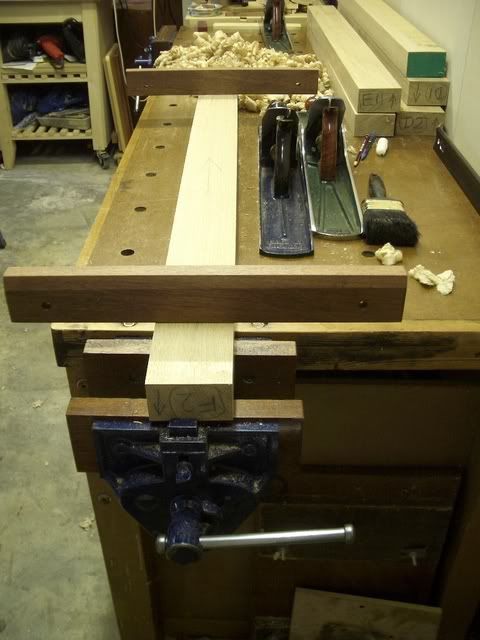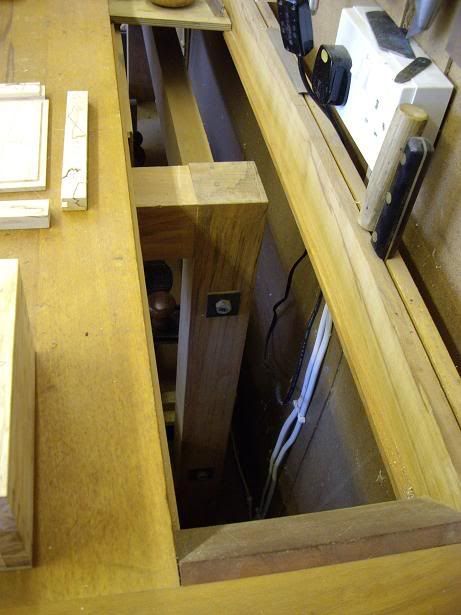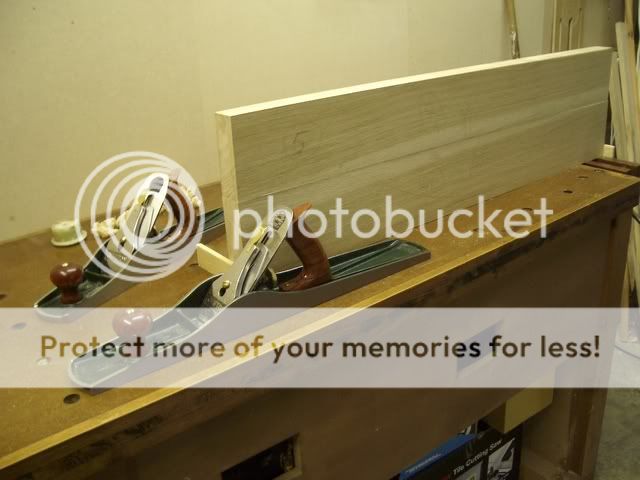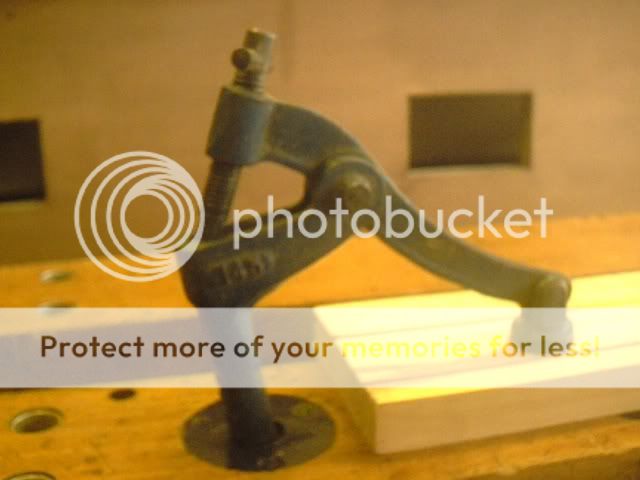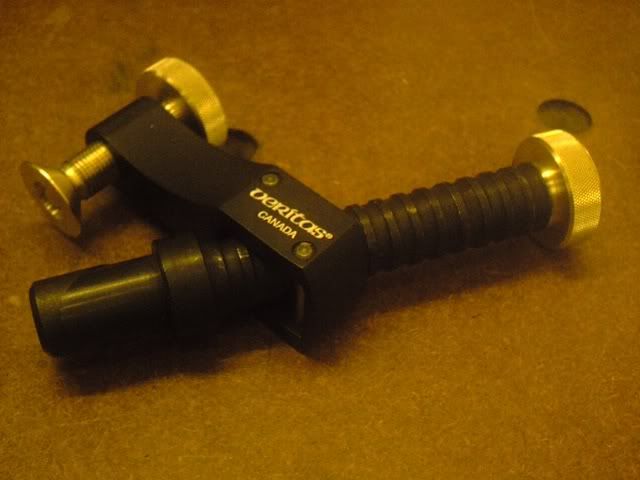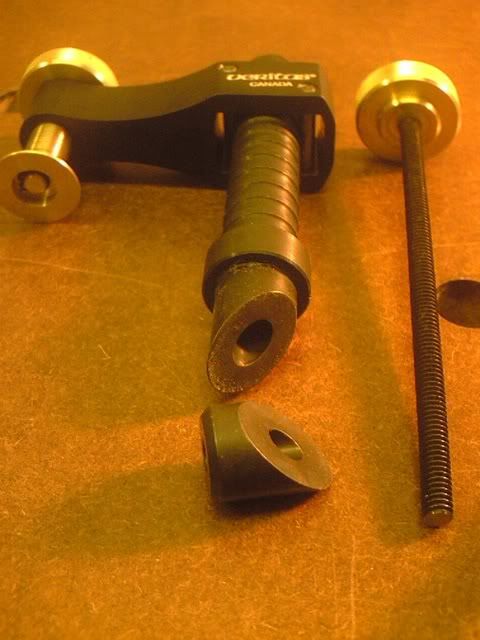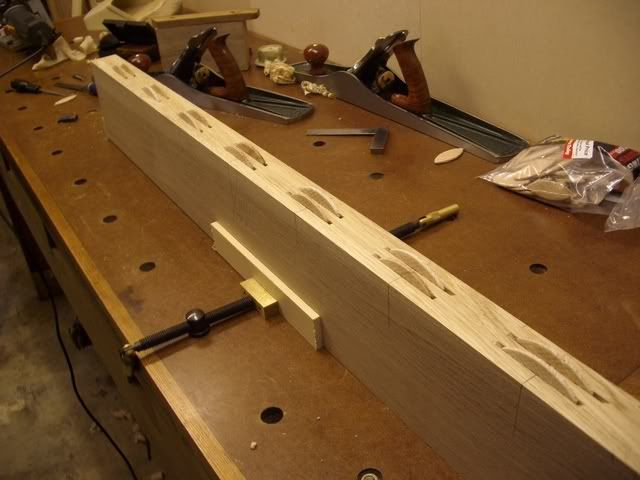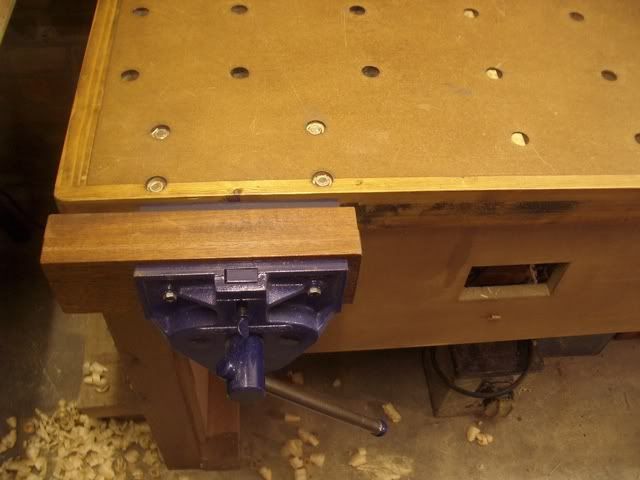seanybaby
Established Member
One of my next projects is going to be a workbench. I have been reading everything i can get my hands on including all the stuff on here. I have also gone through 'The Workbench Book' by Scott Landis.
My first idea was to build a proper traditional workbench with tail vise. Like the Klausz bench, but change the front vise to a record 53. However the more and read and researched, it became apparent it's better to have a tail vise like Fortune/Nelson which doesn't have the 'L' shaped tail vise.
So i have concluded i need something like Lord Nibbo's excellent bench.
Now the big question running round my head, is do i really need a tail vise like that? Why not just slap another quick release record on the end to act as a tail vise?
What are the advantages / disadvantages to doing this?
The only real difference i can see is, it's just not that traditional.
My first idea was to build a proper traditional workbench with tail vise. Like the Klausz bench, but change the front vise to a record 53. However the more and read and researched, it became apparent it's better to have a tail vise like Fortune/Nelson which doesn't have the 'L' shaped tail vise.
So i have concluded i need something like Lord Nibbo's excellent bench.
Now the big question running round my head, is do i really need a tail vise like that? Why not just slap another quick release record on the end to act as a tail vise?
What are the advantages / disadvantages to doing this?
The only real difference i can see is, it's just not that traditional.



